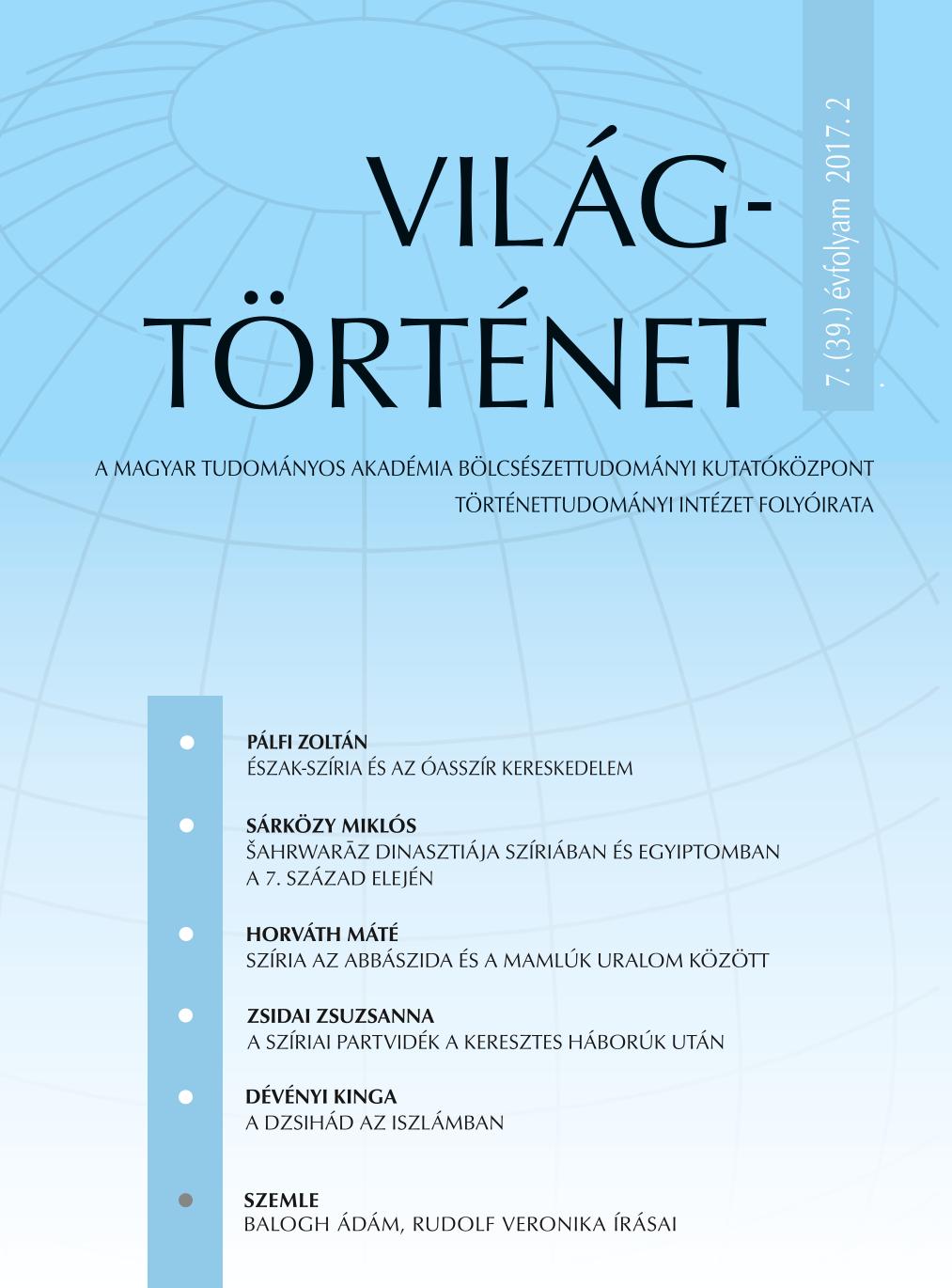Szíria az abbászida és a mamlúk uralom között
Syria between Abbasid and Mamluk Rule
Author(s): Máté HorváthSubject(s): Ancient World
Published by: Magyar Tudományos Akadémia Bölcsészettudományi Kutatóközpont Történettudományi Intézet
Summary/Abstract: The article provides a concise summary of the history of Syria between the middle of the tenth and the middle of the thirteenth century. Focusing on the area of the modern Middle Eastern country, it describes a period of political, dynastic, religious and ethnic diversity. In a short introductory part, the article deals with the most important features of the first Islamic centuries, when most of present-day Syria was part of the Caliphate. This was followed by ca. 300 years without unity, which was only restored when Syria was conquered by the Egyptian Mamluk Sultanate. The period saw the emergence, flourishing and decline of a series of Islamic states and dynasties, including the Fatimids, the Hamdanids, a local branch of the Seljuks, the Zangids and the Ayyubids. Christian powers, such as the Byzantine Empire and the Latin crusader states also played an important part in the history the region. The relations between the different states were varied and often changed over time. The author endeavours to summarize the most significant events and changes in chronological order, while pointing out their lasting influence on ethnic and religious dimensions of Syrian society.
Journal: Világtörténet
- Issue Year: 2017
- Issue No: 2
- Page Range: 249-266
- Page Count: 18
- Language: Hungarian

